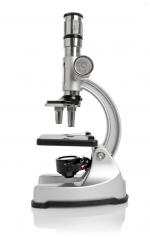|
This section contains 1,210 words (approx. 5 pages at 300 words per page) |

|
Natural history, the description and classification of natural forms, had been the main occupation of life scientists in the eighteenth century, and it expanded dramatically in the nineteenth. Voyages of exploration brought thousands of new plants and animals back to Europe from Africa, the Americas, Asia, and Australia. Improved microscopes revealed hitherto unseen microorganisms and details of anatomy. In addition, geologists began studying fossils systematically, bringing many strange and new organisms to light and giving natural history a truly historical dimension. The organic world proved to be more extensive, old, and diverse than previously imagined.
Despite the exciting findings to come, many naturalists at the turn of the nineteenth century were dissatisfied with their field. A true science, they felt, should not just describe and classify, it should explain things as well. Form, or morphology, needed explaining: Why were there so many...
|
This section contains 1,210 words (approx. 5 pages at 300 words per page) |

|


